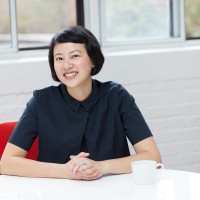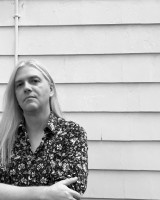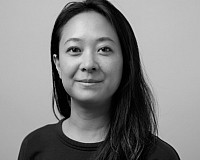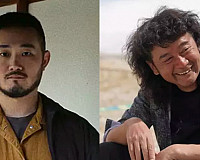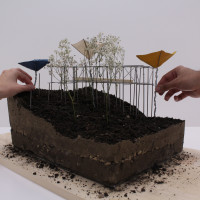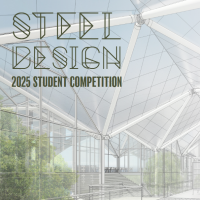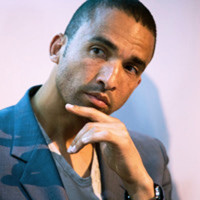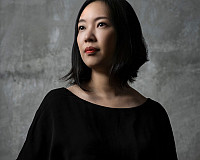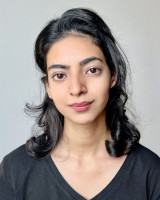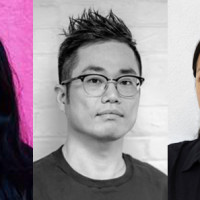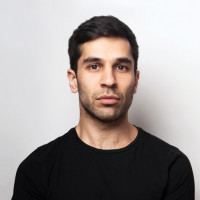Advisors: Bess Krietemeyer, Daekwon Park, Nina Sharifi, Yutaka Sho
As a group, our research interests overlap at the intersection of the material, system, building, and community scales that compose the total built ecology, questioning the ways in which architecture reorganizes energy and matter to perform its role as mediator between uncontrolled and controlled environments; examining the role of architecture in a rapidly emerging future of resource depletion, climate change, and global economic disparity; bridging conventionally separate disciplinary silos and methodologies in order to engage in the modes of integrated thinking that will be required to design resilient human habitation for an imminent future characterized by extremes. Topically and methodologically, our interests occupy both the conventional core of design research purview and the bleeding edge that overlap with territories of energy systems, life sciences, human behavior, infrastructure, data, material science, philosophy, and taking actions. Our research is conducted at multiple scales in the built environment, from DNA to whole urban constructs, while importance is placed on investigating critical systemic interdependencies and causations across enduring/stubborn spatio-temporal boundaries.
Our AG will guide students to employ multiple methods of traditional scholarly inquiry, and in addition will call upon them to design modes of investigation appropriate to the purview of the topic, as the characterization of the research problem crystallizes. Students will engage at a minimum in literature review and reference project research, drawing, diagramming, analyzing, and mapping of the territory and preliminary scales of focus in order to establish the research problem statement. They will then be guided to articulate important interrelationships across scales and disciplines as they concern the development of the research framework and the formation of the design problem, questions, specific context, constraints of testing, and design responses. The design problem, or the instantiation through which the framework is tested, will be manifested in a specific physical site (whether existing or imagined) or context. Students will iteratively design while developing the metrics/measures by which their work is to be evaluated, and ultimately produce a complete ‘test case’ with clear design boundaries and parameters of applicability. The student should work in such a way as to anticipate that all of the artifacts produced: the framework, the methodology itself, the test case investigation and documentation, and reflection of the work, will together constitute the students’ novel contribution to the discourse.
monday, MAY 1, 9:30 am - 5:30 pm, VC STUDIO
Internal Critics: Chun, Abu-Hamdi, Goode, Hubeli
| 9:30 AM |
Andrea Hoe Mars 2100 |
| 10:15 AM |
Thomas Brossi Destruction Reconstruction |
| 11:00 AM |
Samuel Langer & Claire Noorhasan Syracuse 2100 |
| 11:45 AM |
Lia Margolis Making a Forest School |
| 2:00 PM |
Haley Harvey Depleting Ecologies |
| 2:45 PM |
Victoria Chiu Adaptive Accessibility through Quantum |
| 3:30 PM |
Amreeta Verma Threshold Tectonics |
| 4:15 PM |
Weiwei Lei & Zejun Sun The Ark |
TUESDAY, MAY 2, 11 am - 5:30 pm, VC STUDIO
Internal Critics: Mac Namara, Newsom, Hunker, Shanks
| 11:00 AM |
Brendan Carroll White Picket Possibilities |
| 11:45 AM |
Angelina Yihan Zhang & Junye Zhong Extreme Habitation |
| 1:15 PM |
Mariana Munoz The Way of Water |
| 2:00 PM |
Seung Hyo Chang Informal Togetherness |
| 2:45 PM |
Javier Lam Alternative Houses for Birds |
| 3:30 PM |
Tianyu Lyu & Shiji Jay Zhang Fortress Besieged |
| 4:15 PM |
Susana Quintero Vidales Terminal Architecture |
